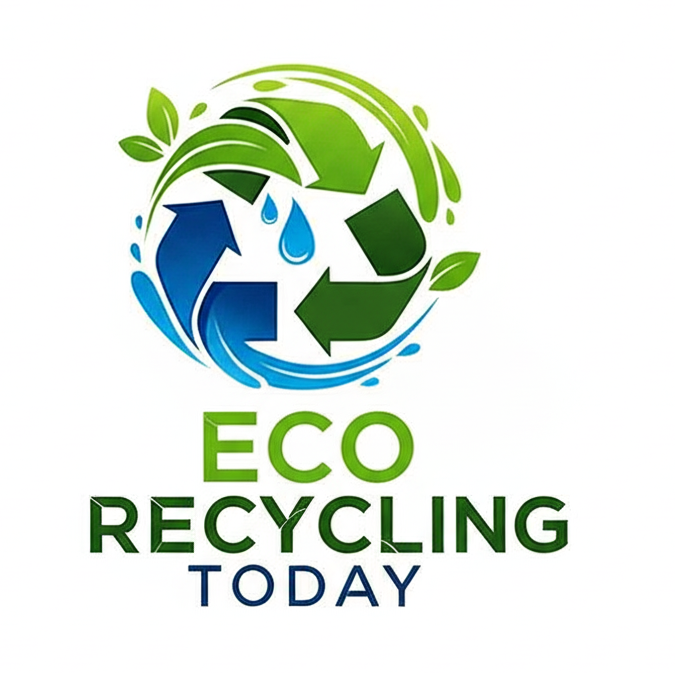Extended Producer Responsibility (EPR) has become a cornerstone of Europe’s circular economy strategy. By holding producers accountable for the end-of-life management of their products, EPR encourages eco-design, waste reduction, and higher recycling rates. This guide explains what EPR is, how it works across Europe, and what businesses need to know to stay compliant.
What Is Extended Producer Responsibility (EPR)?
EPR is an environmental policy approach that shifts the responsibility for post-consumer waste from governments to producers. Under EPR, manufacturers, importers, and retailers must finance or organize the collection, recycling, and safe disposal of the products and packaging they introduce into the market.
The goal is simple: motivate companies to design sustainable, recyclable products while reducing the burden on taxpayers and municipalities.
How EPR Works in Europe
The European Union’s Waste Framework Directive (WFD) and Packaging and Packaging Waste Directive set the foundation for EPR systems. Each member state implements its own EPR schemes through national laws, covering sectors such as:
- Packaging materials (plastic, paper, glass, metal)
- Electrical and electronic equipment (WEEE)
- Batteries and accumulators
- Vehicles and tires
- Textiles and furniture (emerging sectors)
Producers register with national authorities or approved Producer Responsibility Organizations (PROs), report annual sales volumes, and pay eco-fees that fund waste collection and recycling operations.
Key EPR Regulations by Country
- Germany – VerpackG: Requires packaging registration through the LUCID database and PRO participation.
- France – CITEO system: Covers multiple product categories and enforces strict eco-modulation fees.
- Italy – CONAI: Applies to all packaging materials with incentives for eco-design.
- Netherlands – Afvalfonds Verpakkingen: Mandates recycling targets and transparent reporting.
- Spain – Royal Decree 1055/2022: Expands EPR to include plastic and multi-material packaging.
By 2025, all EU members must ensure full compliance with harmonized reporting and minimum performance standards.
Benefits of EPR for Businesses and the Environment
EPR is not only a regulatory obligation but also a strategic opportunity:
- Encourages eco-friendly design — Companies reduce material use and increase recyclability.
- Supports brand reputation — Consumers prefer brands that demonstrate sustainability leadership.
- Drives circular innovation — EPR fees can fund R&D for reusable packaging and recycling technology.
- Creates a level playing field — Ensures all producers share responsibility for environmental impact.
Challenges and Compliance Tips for Companies
Many businesses face challenges understanding differing national rules and reporting systems. To stay compliant:
- Register early in each target market before selling products.
- Partner with certified PROs that handle documentation and fee management.
- Track packaging data with digital EPR compliance tools.
- Design for recyclability — lightweight materials, clear labeling, and mono-plastics reduce EPR costs.
- Stay updated — EPR frameworks evolve regularly under EU Circular Economy revisions.
Future of EPR in Europe
The EU is expanding EPR beyond traditional waste streams. By 2030, EPR will cover textiles, construction materials, and more. Digital product passports and blockchain-based traceability will also transform how waste data is verified and shared across borders.
Extended Producer Responsibility is reshaping the European recycling landscape. For businesses, compliance is more than an obligation—it’s an opportunity to lead in sustainability, innovation, and circular economy transformation. Companies that adapt early will gain long-term economic and environmental advantages in a rapidly evolving market.
FAQ
1. What is the main goal of EPR?
To make producers financially and physically responsible for the environmental impact of their products throughout their life cycle.
2. Which products are covered under EPR in Europe?
Packaging, electronics, batteries, vehicles, and increasingly textiles, furniture, and construction materials.
3. How are EPR fees calculated?
Fees depend on material type, recyclability, and total product volume placed on the market. Eco-modulation rewards sustainable design.
4. What happens if a company doesn’t comply?
Non-compliance may result in fines, sales bans, or market access restrictions within the EU.
5. How can companies simplify compliance?
Partner with licensed Producer Responsibility Organizations (PROs) or compliance platforms that handle registration and reporting.
6. What’s next for EPR policies in Europe?
By 2030, digital tracking and expanded material categories will make EPR a key driver of Europe’s circular economy.
